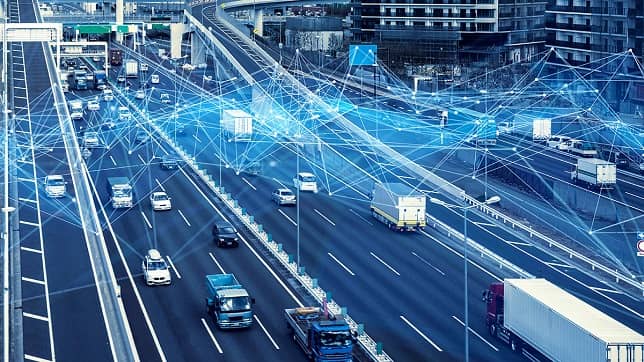Coming Era of Connected Mobility
Release date: 28-03-2022SKU: Regional Research Reports
Release date: 28-03-2022SKU: Regional Research Reports

Connected mobility permits the interlinking of systems and offerings both outside and inside a car through the internet, permitting an occupant to take a better driving experience.
Connectivity brings new opportunities to enhance vehicle safety and driving experience, further improving vehicles and mobility services to make the vehicle more efficient and convenient. By seamlessly connecting users, automobiles, and services over the internet, drivers also enjoy fascinating and ultimately have more amusement behind the wheel. Clients now join the structures and offerings outside and inside cars, which remodel them into shrewd mobility solutions.
Currently, customers are purchasing updated vehicles integrated with intelligent assistance systems to enhance their safety and driving experience. However, the connection of vehicles to each other, traffic lights, congestion warning systems, and infrastructure is still in their infancy.
The growth of connected mobility started with the development of telematics. This technology collected and distributed vehicle information to centralized hubs to implement further vehicle tracking and emergency communications between vehicles and consumers and vehicles. Moreover, the rapid change in consumer requirements and the development in cellular data networks. These innovations and development raised phone processing power and the possibility of integrating connected technologies in cars. They can be operated through mobile apps, which train consumers to expect elegant solutions to fulfill even their smallest needs.
In the current situation, the consumers face congestion, pollution, adequate parking facilities, and car accidents, creating the need for safe urban mobility in the market. It is expected that the government may introduce regulations to make mandatory integration of vehicle-to-vehicle (V2V) technology in vehicles to make roads statistically safer places for car drivers and pedestrians.
Considering the Indian consumer future, there is a scope to change the transportation system based on connectivity, environment-friendly, integrated, automated, and personalized travel on-demand.
The use of connected vehicle mobility is expected to help drivers navigate the roads more efficiently and safely and help system operators improve the operation of the nation's transportation system, reducing congestion, travel delay, and overall mobility. Moreover, the development of multiple connected vehicle applications is expected to establish the potential for significant safety, mobility, and environmental benefits from vehicle-to-infrastructure (V2I) applications.
The future of Indian and global mobility is connected mobility and electric vehicles. According to the NITI Aayog report, the Indian consumer can save 64% of anticipated passenger road-based mobility-related energy demand and 37% of carbon emissions in 2030 by pursuing a shared, electric, automated mobility, and connected mobility strategy. Moreover, connected cars, electrification, and ride-sharing are proactive drivers to change the mobility scenario in the country to meet consumer needs. These drivers are expected to disrupt the current mobility ecosystem and establish a connected presence among consumers' vehicles in the end-use market.
Considering the current Indian consumer behavior reveals their willingness to pay for connected vehicles to move towards safer routes, prevent potential collisions, and reduce traffic congestion.
For more details on the connected mobility market scenario in the global market, kindly share your requirements with us through mail at sales@regionalresearchreports.com